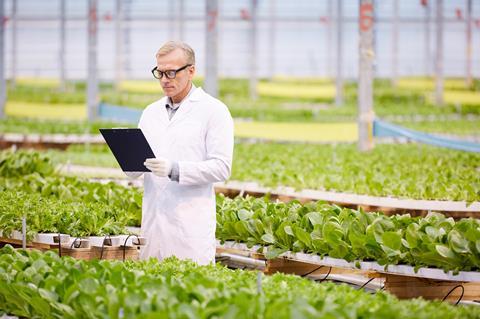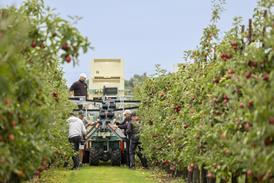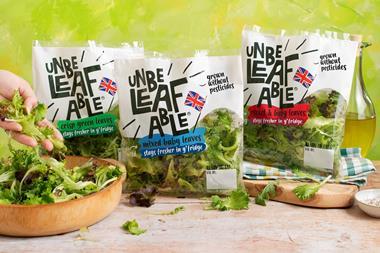
We’ve heard a lot of talk about food security of late. The World Bank’s universal definition of the term focuses on four main dimensions: the physical availability of food; economic and physical access to food; food utilisation; and the overall stability of these three dimensions over time.
As the globe faces ever more threats to food security, from climate change to political instability and economic downturns, genetic technology is often touted as one of the solutions. But how easy is it for producers of genetically engineered or modified food to get their products to market?
Innovations to boost security
Around the globe, we’ve seen a number of innovations that aim to improve economic and physical access to food.
In the UK, the Crop Science Centre in Cambridge is testing out a genetically modified variation of barley that is is hoped will reduce the need for damaging fertilisers. This example is clearly contributing to greater levels of ‘economic and physical access to food’. Barley is one of the most widely used Cereal crops and any success, it is thought, will be transferrable to other accessible crops like wheat and corn.
Meanwhile, Bioceres Crop Solutions in Argentina developed the first transgenic drought-resistant variant of wheat. It is thought to be more efficient at managing lower water levels thanks to an extra gene transposed from the sunflower plant. This development seems timely as Argentina just last year suffered a damaging drought.
It is hoped higher yields of the crop will drop the need for expansion of farmed land, thereby reducing deforestation. This deals directly with the ‘physical availability of food’, as the wheat has been certified as safe for human consumption in Australia, Brazil, Columbia, New Zealand, Nigeria and the US.
Although not strictly an example of DNA manipulation, a team in the US are hoping to repurpose ‘jumping genes’ to create more climate-resistant plants.
Transposable elements in plants can produce an infinite number of copies and so, to prevent that, there are biological processes in place to ‘silence’ this. Mary Gehring, the lead scientist on the team, is trying to reverse this silencing in the pigeon pea plant to allow for the free movement of ‘jumping genes’ throughout the genome, in the hope that this will induce helpful mutations.
Regulatory balance?
However, in its current form, the UK stance wouldn’t allow for the introduction of these genetically modified examples into its food chains. This means there are lost opportunities for the UK to play a more active role in combating food insecurity.
Moreover, UK regulations make it so that only the big players can afford to play. The costs and logistics associated with extensive scientific and safety trials make it more difficult for smaller companies to gain regulatory approval. This restricts the deployment of the UK’s deep industry knowledge, and this can only limit its contribution to the growing use of genetic technologies in resisting food insecurity.
The introduction of the Genetic Technology (Precision Breeding) Act last year signified a relaxing of the rules, in allowing for the use of gene editing in UK crops. It means this genetic technology can now be used to prolong the UK strawberry season, produce climate-resistant lettuce and enrich animal feed, amongst other things.
However, the Food Standards Agency is yet to produce a risk assessment, so there is no infrastructure in place yet. As a result, no gene-edited foods have entered the UK market since its enactment.
This leaves the UK’s approach to food security in an unenviable position, with gene editing efforts hamstrung and genetic modification ultimately outlawed.
With innovation taking place across the globe, the UK is playing catch up.



















No comments yet